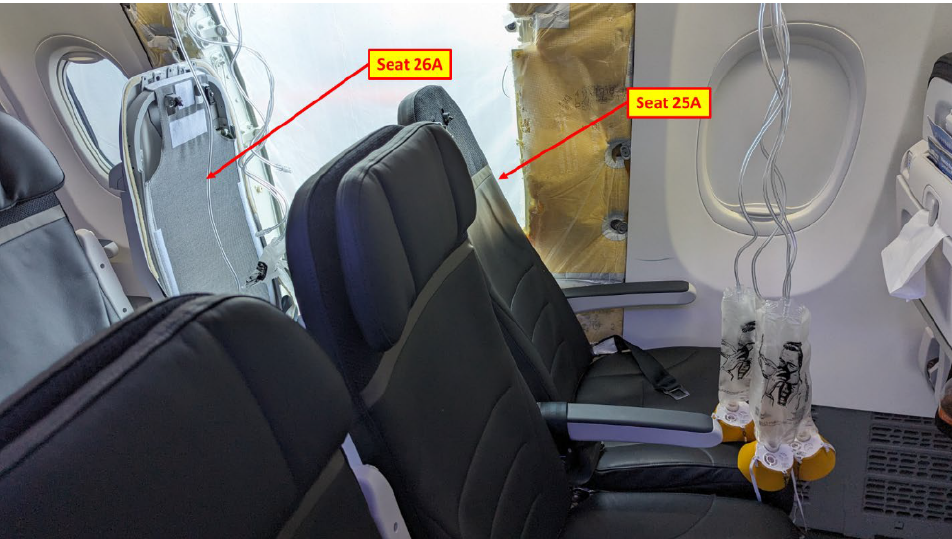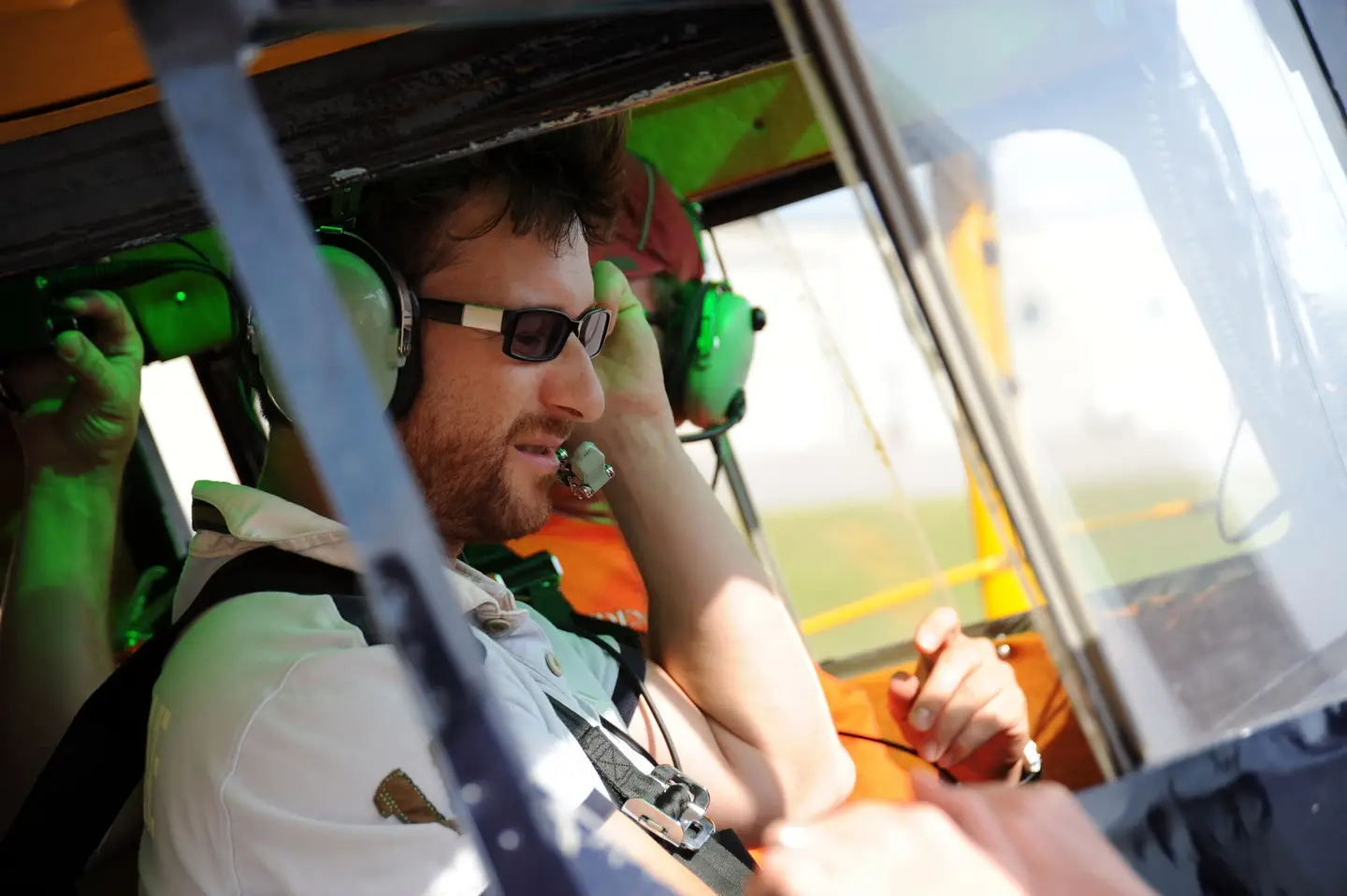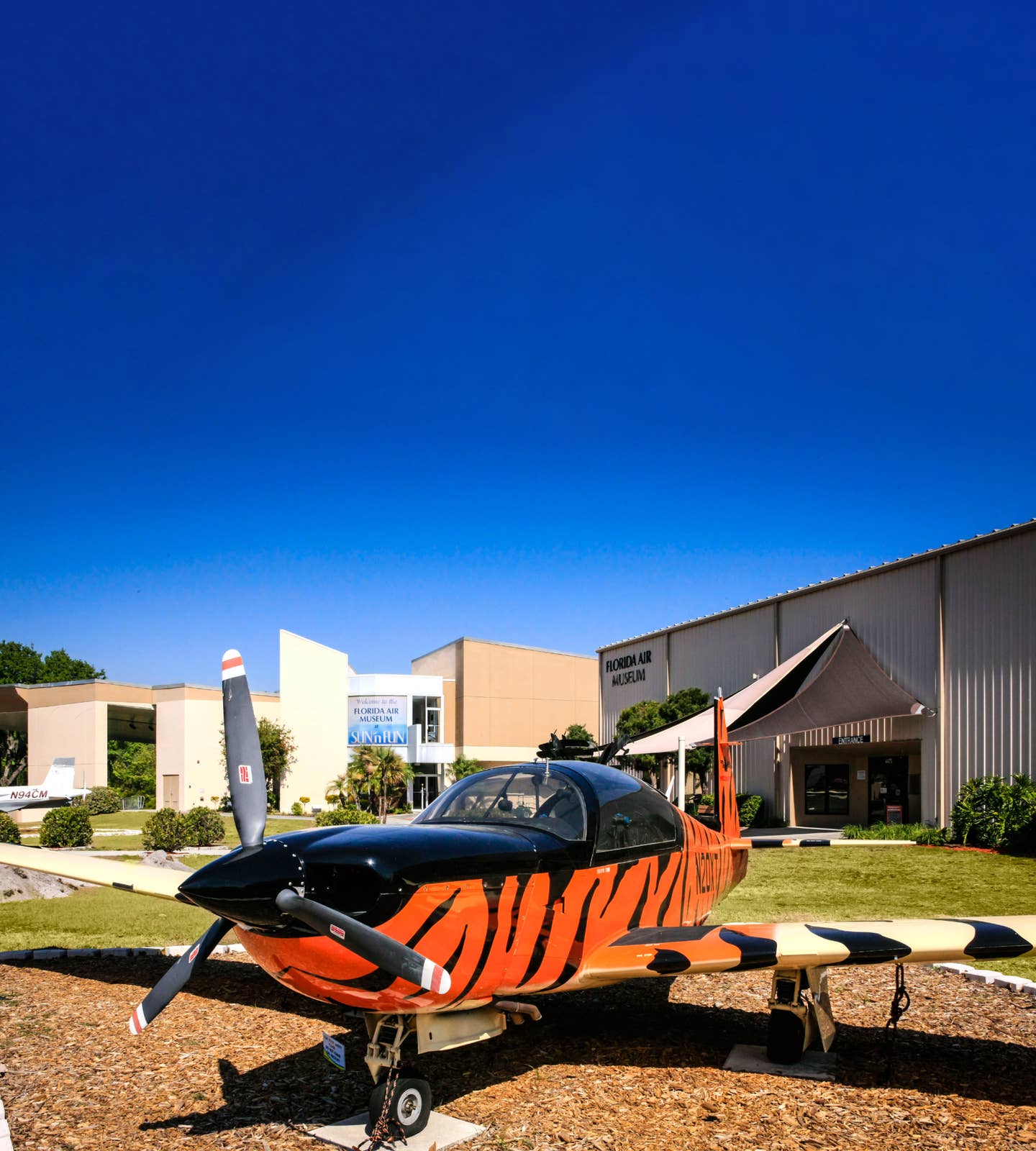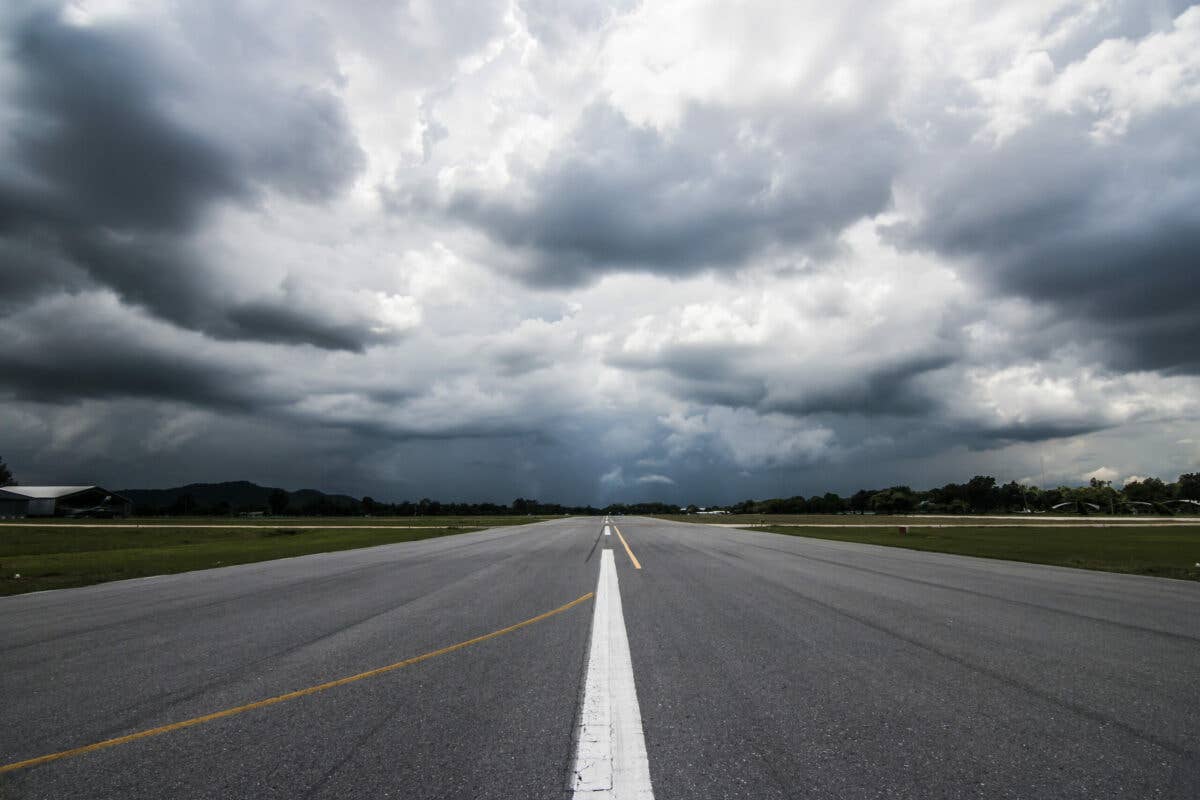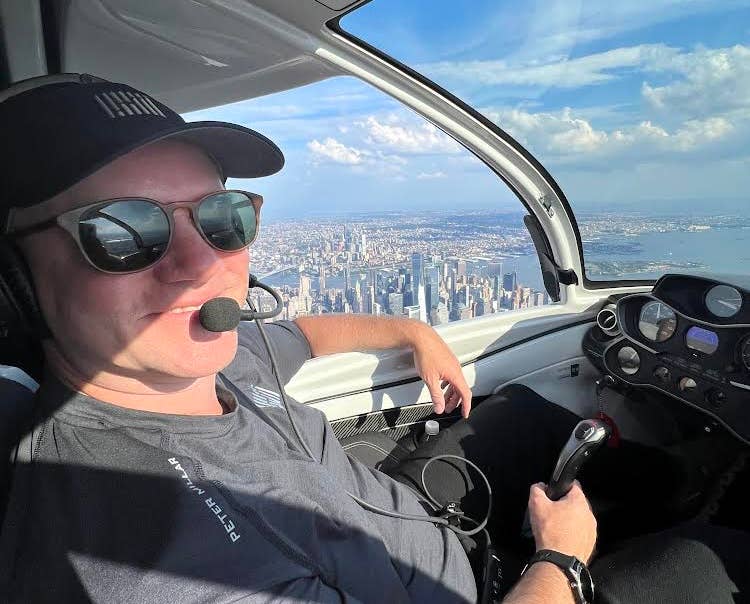Going Direct: Sully Flies the 737 Max Sim and Why Boeing‘s 737 Max Charm Offensive Is Smoke And Mirrors
Even news parody site The Onion is talking 737 Max, so you know it’s bad
You know your company is in trouble when well-known satire site The Onion sets its sights on your aviation company. In a recent story, the send-up site's headline read, "Boeing CEO Admits Company Made Mistake By Including Automatic Self-Destruct Function On All 737 Max Planes." It's funny because it's so close to the truth.
The Onion aside, the news these past couple of weeks have been good for Boeing. Let's rephrase that. The news these past couple of weeks out of Boeing has been good. No, that's not it either. To give it another try, let's say that Boeing has changed course in its response to the 737 Max crisis. Nope. But it's closer. How about this? Boeing has launched a multi-pronged PR campaign in a desperate attempt to salvage its image. That's the ticket.
Oh, and Sully flew a 737 Max in a scenario similar to what the Ethiopian Airlines and Lion Air pilots encountered in their unsuccessful attempts to save the day, when MCAS, the disastrously conceived and implemented stability system in the 737 Max, went haywire when sensors failed. More on that in a second.
Oh, and Boeing still doesn't have a firm timetable for getting the 737 Max, grounded since shortly after the Ethiopian Airlines crash in March. The company is facing demands from several of its airline customers that the carriers be compensated for the loss of revenue they faced when the Max was grounded by regulators.
Back to Boeing's charm offensive. My first thought, when I heard Boeing CEO Dennis Muilenburg talk about the crisis, you know, the one in which two planes crashed apparently after an MCAS failure (it was kind of a failure) brought down two planes in the course of a few months, killing a total of 346 people, was that Boeing was doing damage control. Nothing he'd previously said on the subject came close to accepting responsibility for the crisis. But I was keeping an open mind.
There were two big developments in the company's attempts to steer its image out of its self-imposed cruise in the Bermuda Triangle, and they were curiously timed to coincide with the Paris Air Show, where airlines come to talk Boeing and Airbus and other airplane manufacturers about ordering planes. It's not uncommon in Paris for orders of hundreds of planes to get done.
And there was such a deal done at Paris, when on the eve of the show Boeing CEO Dennis Muilenburg announced that it had reached an agreement with International Airlines Group (IAG) for the purchase of 200 Max planes. Great news, right?
Well, again, kind of. If you go by retail value, the deal would be worth $24 billion, but no one ever pays retail in this world. And the "agreement" reportedly is a letter of intent, which is non-binding. Moreover, IAG wouldn't take delivery of the planes until 2023, with deliveries stretched out over the next four years. IAG has precious little at stake in making this deal.
The other big non-news item was that Muilenburg has admitted Boeing made mistakes in its response to the 737 Max crisis, in which the company insisted there was nothing wrong with its design or implementation of the MCAS system, or with its lack of transparency on the introduction of the system in the MAX, the first (and surely last) Boeings to get the system.
Now Muilenburg is saying that his response was wrong and he's sorry for it. There's a word for an apology made long after the initial offense and only after you're greeted with widespread condemnation. It's called a strategy. So, no, it's not really an apology at all, and how does this guy still have that job?
Oh, yes, back to Sully. The hero pilot of US Airways 1549, which Sully flew to a successful ditching in the Hudson River after both engines quit, flew the 737 Max simulator in a scenario similar to that of the pilots of both Ethiopian Airlines 302 and Lion Air 610. In his testimony in front of the United States House of Representatives this week, Sullenberger said, "I recently experienced all these warnings in a 737 MAX flight simulator during recreations of the accident flights. Even knowing what was going to happen, I could see how crews could have run out of time before they could have solved the problems. Prior to these accidents, I think it is unlikely that any US airline pilots were confronted with this scenario in simulator training."

Subscribe to Our Newsletter
Get the latest Plane & Pilot Magazine stories delivered directly to your inbox

